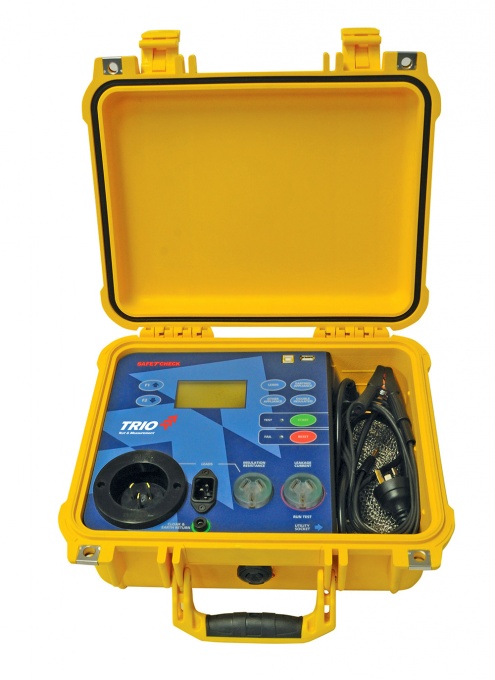
We found about 60 WWSSs available in the market most sensors included an accelerometer. Information was collected from a web-based search on Google, then manually curated. The WWSS was categorized as an ear tag, halter, neck collar, rumen bolus, leg tag, tail-mounted, and vaginal mounted types. The review aimed to collect information about the wearable wireless sensor system (WWSS) for cattle and to conduct a systematic literature review on the accuracy of predicting the physiological parameters of these systems. The results of a binary classification test for the performance of sensors for eating time obtained from 10 independent study samples from seven articles (10 for Se, nine for Sp, seven for Acc, and nine for Pre Table 10 and Supplementary Table S2) showed an Se of 85% (n = 220), an Sp of 96% (n = 210), an Acc of 91% (n = 184), and a Pre of 87% (n = 210). Among the different types of sensors, on average, the eating time measured by the halters and neck collar tags showed higher correlation with the visual observations (halters, PCC = 0.91 and CCC = 0.96 31,33] and the neck collars, PCC = 0.96 and CCC = 0.95 ) than that measured by the ear tag sensors (PCC = 0.86, p = 0.07 and CCC = 0.79, p < 0.01). The sensor products used between the studies were the same except for the neck collar type (Supplementary Table S1), and the animal type and feeding method were different but showed moderate heterogeneity overall (I 2 = 60% and τ 2 = 0.25).

We conclude that the accelerometer is a promising monitoring system for feeding behavior. There was large variability among steers, with concordance correlations ranging from 0.09 to 0.98 for rumination time and from 0.58 to 0.96 for feeding time. Concordance correlation between observations and the sensor were 0.79 (95% CI: 0.61 to 0.85) and 0.44 (95% CI: 0.23 to 0.60) for feeding and rumination, respectively. Sensitivity and specificity were 95 and 76% for feeding and 49 and 96% for rumination, respectively. Accuracy and precision of hourly recorded feeding and rumination times were assessed using the concordance correlation coefficient adjusted for repeated measurements. Single minutes of either feeding or rumination in a run of other behavior minutes were changed to the preceding behavior. Repeated measures were accounted for using mixed model logistic regression. Sensitivity, specificity, and predictive values were calculated for rumination and feeding separately.
Logger pro 3.12 uofa software#
The manufacturer's proprietary software was used to determine time spent "feeding," "ruminating," "active," and "resting." Direct visual observation was used to validate the accelerometer.


Accelerometers were attached to the ear tag of 18 steers with an initial mean BW of 326 ± 46 kg. The objective was to evaluate accuracy of an ear-attached accelerometer (SensOor) that quantified ear movements and estimated feeding and rumination time through a proprietary algorithm. Continuous automated records of behavior can be used to identify sick cattle early in the disease process. Early identification of sick cattle increases treatment success and decreases mortality.


 0 kommentar(er)
0 kommentar(er)
